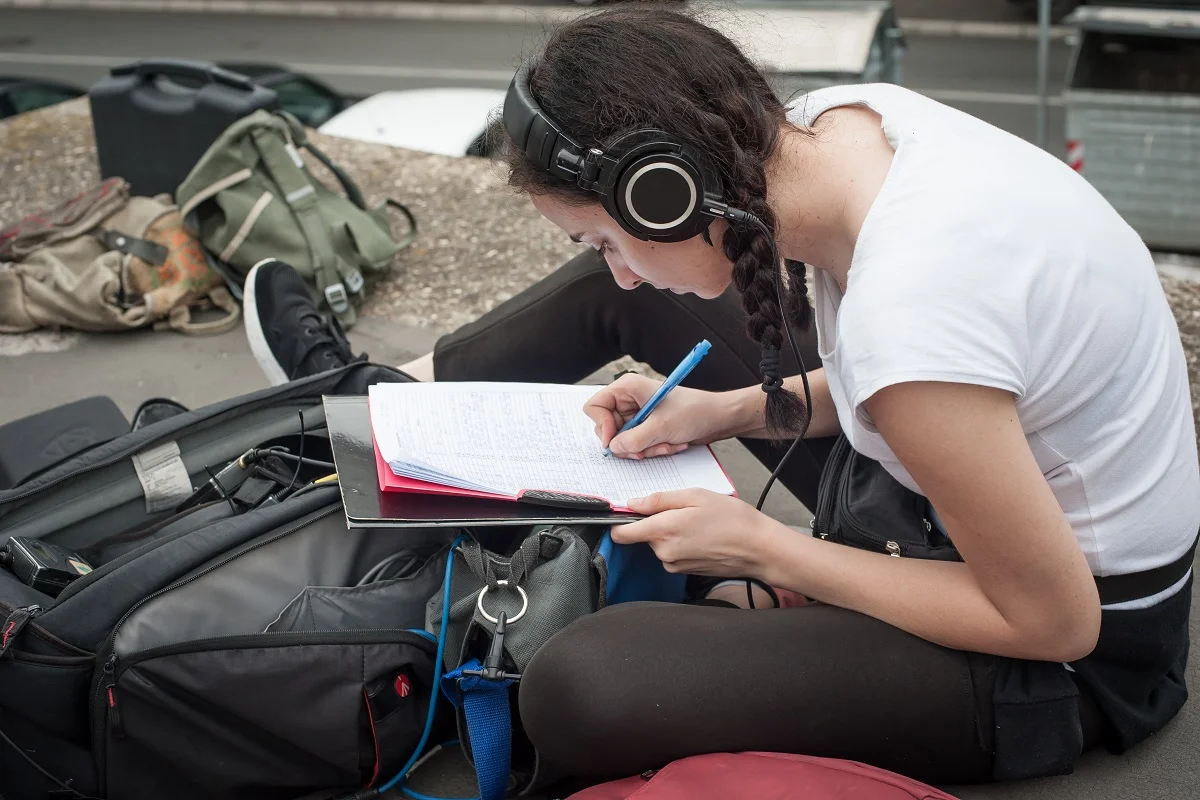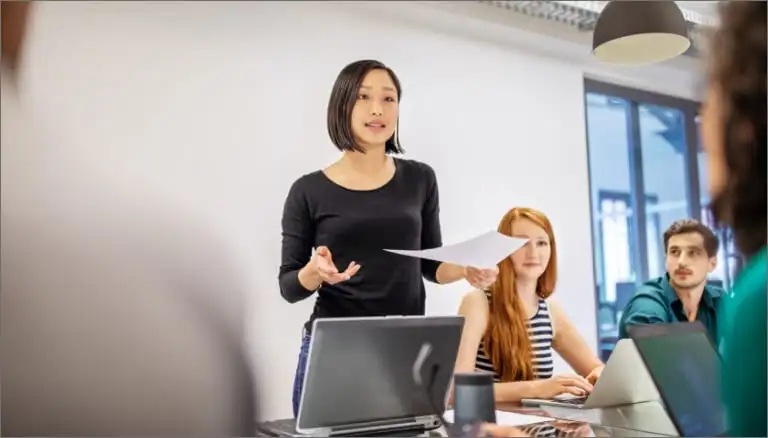Mastering Photography in Journalism: Tips and Techniques
Photography plays a crucial role in modern journalism, capturing the essence of a story and bringing it to life through powerful images. Whether you’re a seasoned journalist or just starting in the field, honing your photography skills is essential for success. In this article, we will explore various tips and techniques to help you master photography in journalism.
Understand the Basics
Before diving into advanced techniques, it’s essential to have a solid understanding of the basics of photography. Familiarize yourself with concepts such as exposure, composition, and lighting. Get to know your camera and its settings, including aperture, shutter speed, and ISO. A strong foundation in these fundamentals will serve as a solid base for your photography journey.
Tell a Story
In journalism, photographs are not merely about capturing a visually appealing scene; they should also tell a story. Every photograph should have a purpose and convey a message to the audience. Before taking a shot, ask yourself what story you want to tell and how the image will contribute to the overall narrative. This approach will help you capture images that are meaningful and impactful.
Research and Preparation
To excel in photography, especially in journalism, research, and preparation are keys. Before heading out to cover a story, conduct thorough research to understand the subject matter and context. This knowledge will enable you to anticipate important moments and capture them effectively. Additionally, prepare your equipment in advance, ensuring you have the necessary lenses, batteries, and memory cards to capture the story.
Capture Candid Moments
In journalism, candid moments often hold the most power. Instead of staging shots, strive to capture genuine and unposed moments that reflect the reality of the situation. Candid photographs can evoke emotions and provide an authentic portrayal of events. Be patient, observant, and ready to seize these fleeting moments.
Master the Art of Composition
Composition is a fundamental aspect of photography that can greatly enhance the impact of your images. Experiment with different techniques such as the rule of thirds, leading lines, and framing to create visually compelling photographs. Pay attention to the placement of subjects within the frame and consider the background to ensure a well-balanced composition.
Develop Your Visual Style
As a photographer, developing a unique visual style can set you apart from others. Experiment with different editing techniques, color palettes, and shooting angles to find a style that resonates with you. Consistency in your visual style will not only make your work recognizable but also help you establish a personal brand as a photographer.
Embrace Natural Light
Lighting is one of the most critical elements in photography. In journalism, natural light is often the preferred choice as it provides a more authentic representation of the scene. Learn to work with available light sources and understand how different lighting conditions can affect the mood and tone of your photographs. Experiment with backlighting, golden hour, and dramatic shadows to add depth and dimension to your images.
Capture Details and Emotions
In journalism, capturing details and emotions can significantly enhance the impact of your photographs. Pay attention to small elements that help tell the story, such as gestures, facial expressions, and objects. These details can provide context and evoke emotions, making your images more compelling and engaging.
Edit with Intention
Post-processing plays a crucial role in photography, allowing you to refine and enhance your images. However, it’s essential to edit with intention and maintain the integrity of the story. Avoid excessive editing that alters the reality of the scene. Instead, focus on enhancing the visual elements and ensuring the photograph accurately represents the story you aim to tell.
Practice, Practice, Practice
Like any skill, mastering photography in journalism requires practice. Dedicate time to go out and shoot regularly, even if it’s just in your everyday surroundings. Challenge yourself to capture different subjects and experiment with various techniques. Embrace constructive criticism and learn from your mistakes. With consistent practice, you’ll gradually refine your skills and develop your unique voice as a photojournalist.
Key Takeaways:
- Understanding the basics of photography, including exposure, composition, and lighting, is crucial for mastering photography in journalism.
- Photographs in journalism should not only be visually appealing but also tell a story and convey a message to the audience.
- Thorough research and preparation before covering a story help anticipate important moments and capture them effectively.
- Candid moments often hold the most power in journalism photography, evoking emotions and providing an authentic portrayal of events.
- Mastering the art of composition, developing a unique visual style, and embracing natural light can greatly enhance the impact of your images.
- Capturing details and emotions, editing with intention, and consistent practice are key elements in mastering photography in journalism.
If you’re looking to further enhance your photography skills and pursue a career in modern journalism, consider taking the NYU | Modern Journalism online course and certificate program. This comprehensive program offers specialized training in photojournalism, providing you with the knowledge and skills to excel in capturing powerful images that effectively tell stories.








